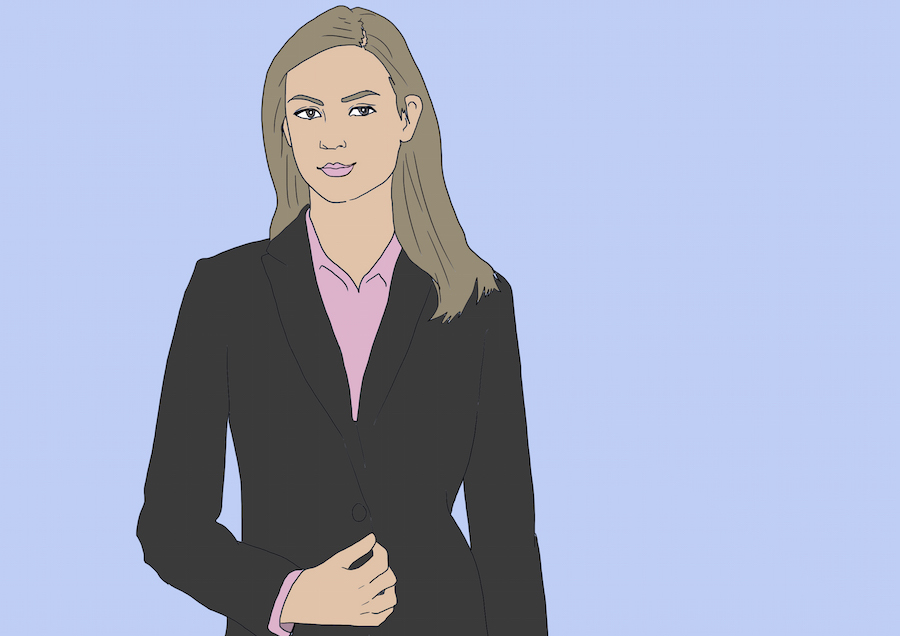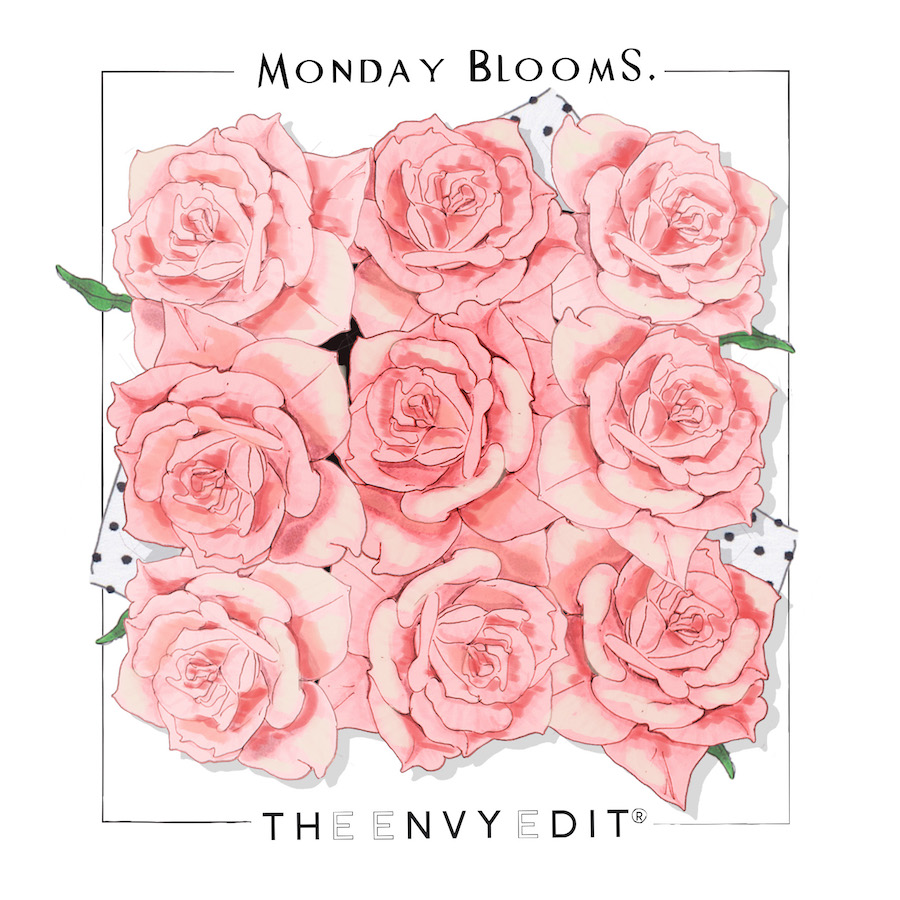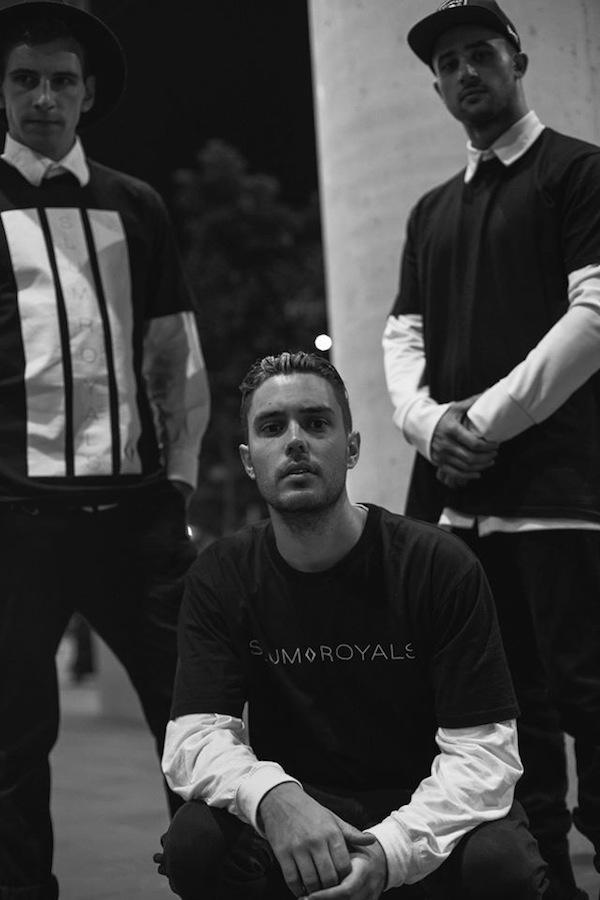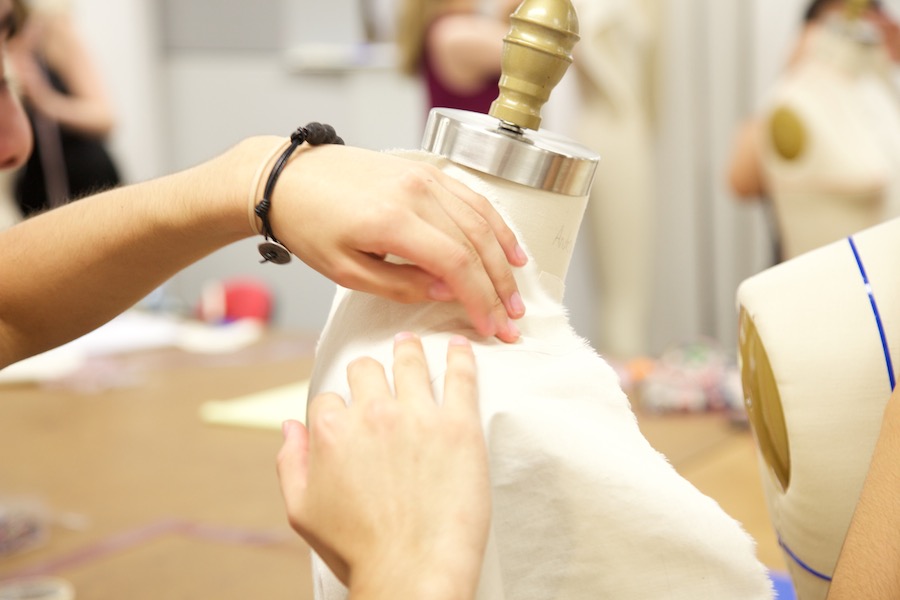What a visual merchandiser actually does
And why there’s more to the job than you thought.
We know firsthand it’s pretty hard to get your foot into the door of the fashion industry, so we love helping you out where we can. We’ve just launched FJ Careers, a new destination where you can browse job and internship opportunities in the Australian fashion industry and help grow your career.
If you’ve ever worked in retail, you’re probably familiar with the term visual merchandiser. But there’s a whole lot more to this creative career than arranging in-store displays.
We bet you already know that visual merchandisers work with product and are the ones responsible for enticing in-store displays. You’re a clever cookie, you.
But do you know what else the job entails? And how to become one?
We went to investigate for you. Thanks to the help of Visual Merchandising Design Lecturer, Rowan Nas, from Karl Von Busse Institute of Design, we’ve broken down all the info you need if you’re considering a career as a VM. This goes all the way from the degree to getting the job.
The title
A visual merchandiser is someone who works across the creative and commercial aspects of interior design. Rowan told us there is no one task that defines a visual merchandiser’s role. The job title covers a range of aspects and specialist areas including designing and installing window displays; designing retail interiors and layouts; creating in-store displays; and styling within the retail environment, as well as many other facets.
The skills
Before you undertake study in the field of VM, it’s handy to have some knowledge of design. Rowan explains: “any visual arts or design-related knowledge and skills are highly valued, and will make your life a lot easier during your education.” But don’t worry if you haven’t yet got the expertise. According to Rowan, teachers are more looking for someone who has aptitude and rigour.
It’s also pretty important to be creative-minded if you’re considering a career in VM. “I believe you need to have the creativity gene in you. And you either have it or you don’t. If you have it, the sky is the limit. You can learn to be more creative than you ever thought you could be,” says Rowan. Beyond that, all the skills you need (including fun ones like drawing!), can be learnt through undertaking a VM course.
Getting qualified
If you think you meet the pre-requisites, then it’s time to look into a course. Studying VM will involve learning to design commercial interiors and window displays, lighting design, colour theory, photography, prop and other design, as well as technical skills in CAD and graphics software. Karl Von Busse offers a pretty comprehensive VM course, which you can check out here.
Finding a job
Like most jobs in the creative industry, competition is pretty tough. Job candidates are likely to be more successful if they’ve had professional work experience. Rowan’s advice is to undertake an internship while you study, so you already have a portfolio by the time you graduate: “I wouldn’t say you need ‘a lot’ of experience though. Quality over quantity.”
The range of work experience available is broad. VMs are used not only in the retail industry, but in design consulting, the events industry, photo styling, and many other fields. As Rowan explains: “VMs know bits and pieces of everything, and that reflects onto the job market.”
In line with what’s happening in many creative fields, there is a lot of change underway in the VM industry thanks to ever-evolving technology. You’ll need to bear this in mind when looking for a job. “Retail as we know it will be vastly different in a decade or two and this shows. You’d be surprised how much technology VMs already incorporate into their work,” says Rowan.
Day to day
Depending on your interests, there’s a range of industries you can enter as a VM. There’s the chance to work as a designer or decorator in commercial interiors, as a stylist, or in fashion. There’s even scope to work in marketing. Day to day, a VM will work with a number of people in a number of industries. “Some VMs, usually the more experienced ones, only deal with the management aspect of [the job] and have a team of other VMs, interior designers, and tradies to work with. Others work in creating window displays and product placements, sourcing materials and props, or designing the retail environment,” says Rowan.
If you want a job that travels, this could be the one for you. Rowan tells us there are a number of international opportunities: “Especially in the fast-growing Asian and Middle Eastern economies. Your career could take you all around the world.”
Think you got what it takes? We do. For more information, get in touch with the creative kings at Karl Von Busse or read more about the course here.
[Image of Bonnie Kay shot by Richard Ibrahim]












